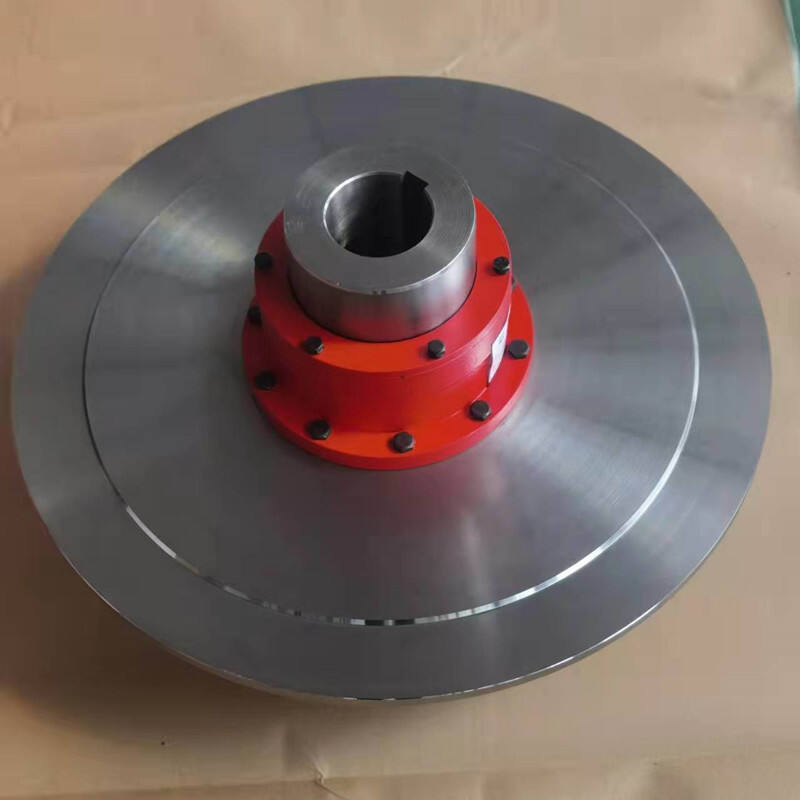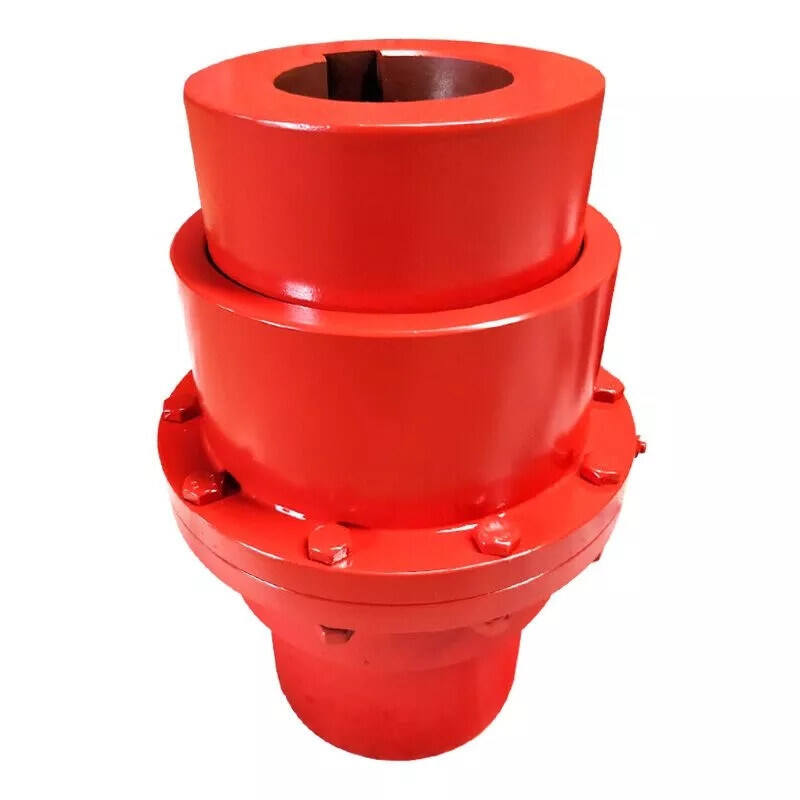Understanding the Mechanics of Gear Couplings in Power Transmission
Gear couplings represent a vital component in modern power transmission systems, serving as the crucial link between rotating shafts in industrial machinery. These precision-engineered devices utilize gear tooth technology to transmit torque while accommodating misalignment between connected shafts. Their robust design and reliable performance have made them indispensable across various industrial applications, from heavy manufacturing to power generation facilities.
At its core, a gear coupling consists of two hubs with external gear teeth that mesh with internal gear teeth on a sleeve. This ingenious arrangement allows for efficient power transmission while providing flexibility in multiple directions. The success of gear couplings in industrial applications stems from their ability to handle high torque loads while maintaining precise shaft alignment.
Essential Components and Design Features
Hub and Sleeve Configuration
The fundamental structure of a gear coupling revolves around its hub and sleeve arrangement. The hubs, which are mounted on the driving and driven shafts, feature precisely machined external gear teeth. These teeth mesh with the internal gear teeth of the connecting sleeve, creating a secure mechanical connection. The sleeve, typically split into two halves for easy installation, encompasses the hubs and facilitates smooth power transmission.
Modern gear coupling designs incorporate advanced materials and manufacturing techniques to enhance durability and performance. The gear teeth are typically case-hardened and ground to ensure optimal contact patterns and minimize wear. This attention to detail in the manufacturing process results in longer service life and more reliable operation.
Sealing and Lubrication Systems
Effective sealing and lubrication are crucial aspects of gear coupling operation. High-quality seals prevent lubricant leakage and protect the gear teeth from contamination. The sealing system typically includes multiple barriers, such as O-rings and gaskets, strategically placed to maintain a clean operating environment.
Lubrication plays a vital role in gear coupling performance. Most designs utilize either grease or oil lubrication, depending on the application requirements. The lubricant not only reduces friction between mating gear teeth but also helps dissipate heat and protect against corrosion. Regular maintenance of the lubrication system ensures optimal performance and extended service life.

Operational Benefits and Performance Advantages
Superior Torque Transmission
One of the primary advantages of gear couplings is their exceptional torque-carrying capacity. The multiple gear teeth in constant engagement provide a substantial contact area for power transmission. This design allows gear couplings to handle higher torque loads compared to other coupling types, making them ideal for heavy-duty industrial applications.
The efficient power transfer through gear couplings results in minimal energy loss and improved system efficiency. The robust gear tooth design ensures consistent performance even under varying load conditions, contributing to the overall reliability of the power transmission system.
Misalignment Compensation
Gear couplings excel in their ability to accommodate various types of misalignment between connected shafts. The floating sleeve design allows for angular, parallel, and axial misalignment within specified limits. This flexibility reduces stress on connected equipment and helps extend the life of bearings and other components.
The misalignment capability of gear couplings helps compensate for thermal expansion, foundation settlement, and installation tolerances. This adaptability makes them particularly valuable in applications where perfect alignment is difficult to maintain, such as long drive trains or equipment subject to thermal cycling.
Installation and Maintenance Considerations
Proper Installation Procedures
Successful gear coupling operation begins with correct installation. The process requires careful attention to alignment, proper torque application for fasteners, and appropriate lubricant selection. Professional installation ensures optimal performance and prevents premature wear or failure.
Modern gear couplings often feature split sleeve designs that simplify installation and maintenance. This design allows for coupling assembly without moving connected equipment, reducing downtime and maintenance costs. Proper tools and training are essential for achieving the best results during installation.
Preventive Maintenance Strategies
Regular maintenance is crucial for maximizing gear coupling service life. This includes periodic inspection of gear teeth, seals, and lubricant condition. Establishing a comprehensive maintenance schedule helps identify potential issues before they lead to equipment failure.
Monitoring techniques such as vibration analysis and temperature measurement can provide early warning of developing problems. Regular lubrication checks and replacement according to manufacturer specifications help ensure continued reliable operation. Documentation of maintenance activities assists in tracking performance trends and planning future maintenance intervals.
Industry Applications and Future Trends
Diverse Industrial Uses
Gear couplings find applications across numerous industries, including power generation, mining, steel production, and marine propulsion. Their versatility and reliability make them suitable for both high-speed and low-speed applications, as well as environments with severe operating conditions.
The adaptability of gear couplings to different operating environments has led to their widespread adoption in critical applications. From conveyor systems in mining operations to turbine drives in power plants, gear couplings continue to prove their value in demanding industrial settings.
Technological Advancements
The future of gear coupling technology shows promising developments in materials science and design optimization. Advanced manufacturing techniques, such as 3D printing for prototyping and testing, are enabling more efficient and innovative coupling designs.
Integration of smart monitoring systems and IoT capabilities is becoming more common in modern gear couplings. These technologies enable real-time performance monitoring and predictive maintenance, helping operators optimize equipment reliability and reduce operating costs.
Frequently Asked Questions
What makes gear couplings different from other coupling types?
Gear couplings distinguish themselves through their superior torque transmission capabilities and excellent misalignment tolerance. Their unique gear tooth design provides multiple load-sharing contact points, resulting in more efficient power transfer and greater reliability compared to other coupling types.
How often should gear couplings be maintained?
The maintenance frequency for gear couplings depends on operating conditions, but typical intervals range from 3 to 12 months. Regular inspections should include checking lubricant levels and condition, examining gear teeth for wear, and verifying seal integrity. High-load or critical applications may require more frequent maintenance.
Can gear couplings operate in extreme environments?
Yes, gear couplings are designed to function effectively in various challenging environments. With proper material selection and sealing systems, they can operate in high-temperature conditions, corrosive atmospheres, and locations exposed to dust or moisture. Special considerations for lubrication and maintenance may be necessary for extreme operating conditions.

